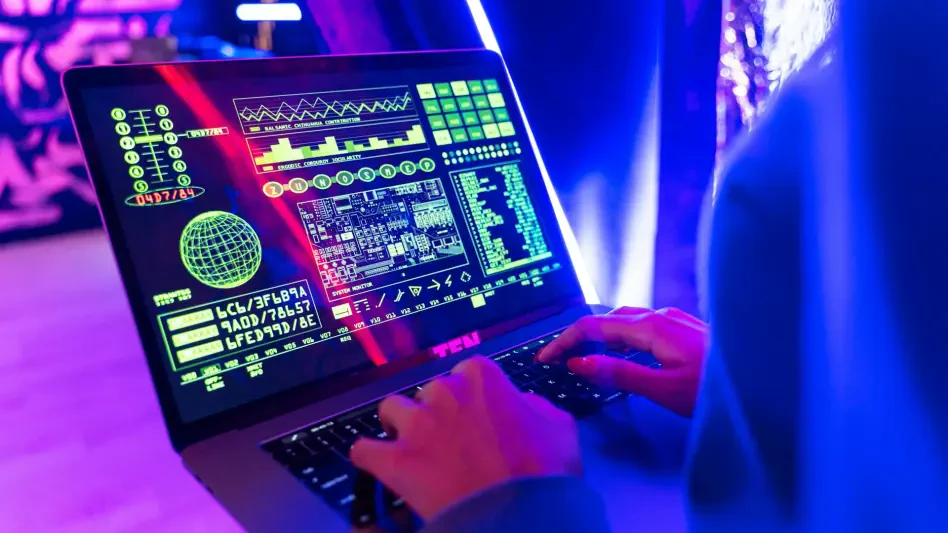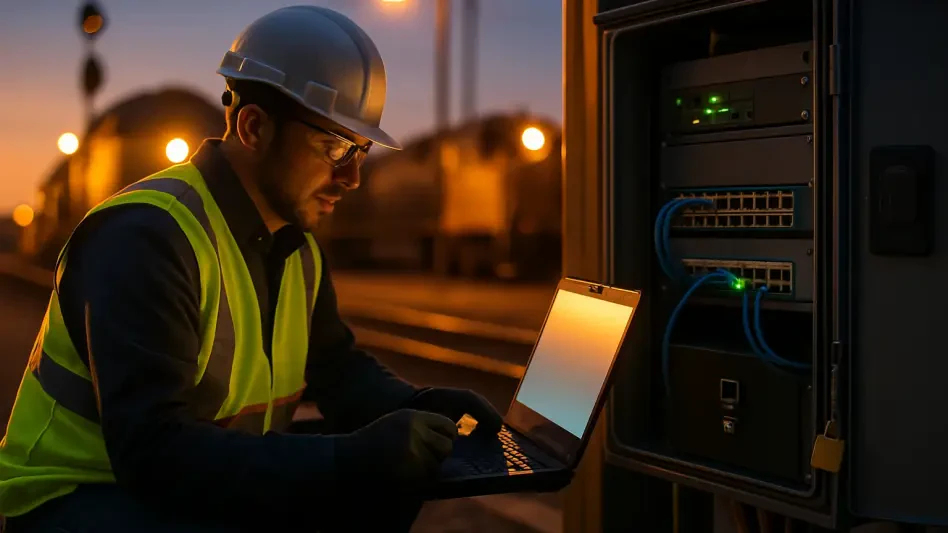The recent wave of cyber threats against industrial control systems (ICS) presents a formidable challenge that industries must confront immediately. As the backbone of the global economy, these invisible forces power essential sectors, transporting goods, generating energy, and managing utilities. The question is, can they persevere amidst glaring cybersecurity deficiencies that threaten their very core?
The Stakes are High: Why Cybersecurity in Industrial Systems is Crucial
Industrial control systems are indispensable to sustaining modern life, underpinning sectors from manufacturing to energy. As a gateway to functions controlling critical infrastructure, these systems must be both reliable and resilient. Yet, vulnerabilities persist, representing a tangible risk of disruptive events that could have catastrophic ramifications globally. The seamless operation of these systems is vital, as even minor disruptions have broad-reaching consequences that reverberate through economies and societies worldwide.
The global economy’s reliance on ICS highlights the urgency of this issue. A breach in any of these systems doesn’t just impact a singular company but can ripple through various industries, leading to supply chain disruptions, loss of valuable resources, and significant financial damages. This interconnectedness underscores why addressing vulnerabilities is paramount for maintaining not just efficiency but trust in these systems.
Dissecting the Underbelly of ICS: Specific Vulnerabilities
Recently, the U.S. Cybersecurity and Infrastructure Security Agency (CISA) flagged vulnerabilities within major manufacturing giants, illustrating the persistent threats posed by cybersecurity flaws. Companies such as Siemens and Aveva, known for their technological innovation, have been identified as having multiple vulnerabilities, from hard-coded credentials to command injection flaws. These weaknesses can be exploited to breach systems and gain unauthorized access, compromising both data integrity and operational security.
Specific vulnerabilities, like those found within PTZOptics cameras, reveal systemic risks that extend beyond isolated incidents. For instance, vulnerabilities within SIMATIC S7-1500 CPUs expose flaws with encryption and functionality that could be exploited remotely. When these exploits occur, they can lead to far-reaching impacts—illustrating how fragile industrial ecosystems can be.
Expertise at the Forefront: Industry Perspectives on ICS Threats
Insights from cybersecurity experts highlight both the gravity and complexity of securing ICS. Professionals within the field express a sense of urgency as they warn that these systems, despite their sophistication, remain vulnerable to persistent threats. As one expert notes, “The sophistication of cybercriminals evolves faster than the defense mechanisms,” adding a human element to these technical challenges.
Reports and research findings emphasize that while technological advances provide benefits, they also open new vectors for attacks. Specialists emphasize the necessity of proactive security measures to defend against these evolving threats, providing a crucial glimpse into both present and emerging challenges facing ICS frameworks today.
Building Resilience: Strategic Measures for Risk Mitigation
Ensuring the integrity of industrial systems against cyber threats requires a strategic and multifaceted approach. Administrators are advised to apply software patches and updates promptly, rectifying recognized vulnerabilities that pose risks. Regular audits and assessments can identify potential weak points, allowing for a preemptive strike against would-be exploiters.
Moreover, creating and maintaining an atmosphere of vigilance among staff is essential. Implementing guidelines for security protocols, conducting training sessions, and fostering a culture of awareness will enhance overall resilience. It’s critical that organizations develop and adhere to comprehensive frameworks designed to analyze, address, and adapt to cyber threats systematically.
Conclusion: A Call to Protect Industrial Infrastructure
Looking at the current landscape, it is evident that industrial systems face unprecedented challenges in maintaining cybersecurity. The question of whether they can withstand such vulnerabilities is not simply theoretical but a pressing concern demanding immediate action. Moving forward, industries need to prioritize cybersecurity by implementing proactive measures and fostering a culture of continuous vigilance. Collaboration between technology providers, industry regulators, and cybersecurity experts must become the norm rather than the exception. Addressing these challenges today will prevent larger disruptions tomorrow, ensuring the security and reliability of the industrial systems that form the backbone of modern society.








